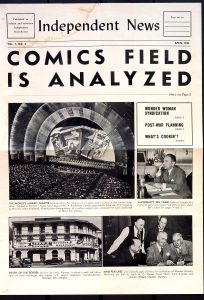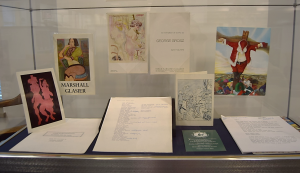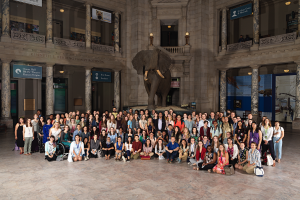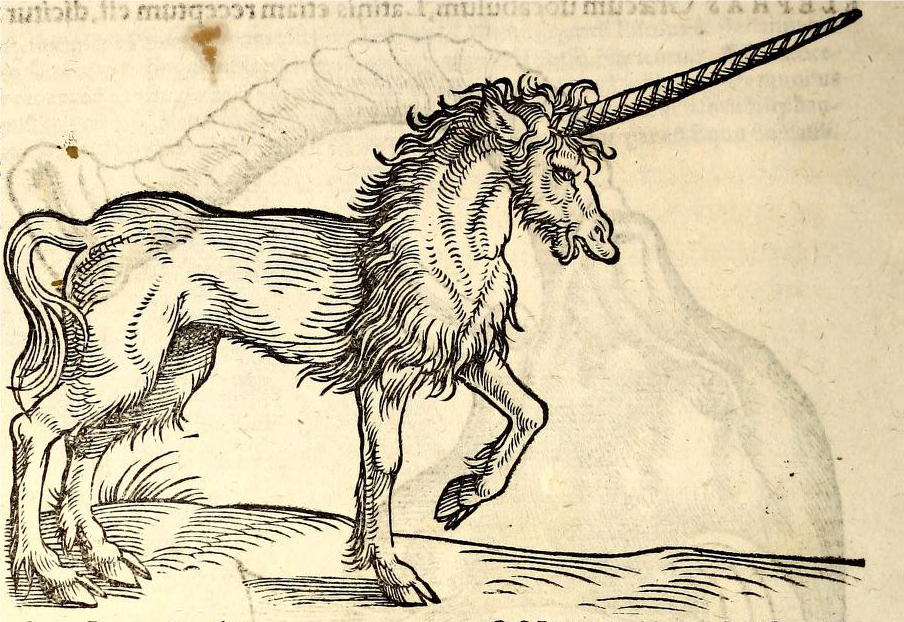It’s September and students across the country are now well-settled in their new classrooms, many filled with laptops and high tech, interactive white boards. What would you expect to find in an 1874 schoolroom? This trade catalog from that year shows typical furniture but also illustrates a few more things, like teaching aids. Though a little lower tech than today’s models, some are still quite innovative.
Month: September 2017

Amid the manuscripts, incunabula and early modern texts at the Dibner Library of the History of Science and Technology are two bright blue binders that don’t seem to quite fit, in every sense of the word. Too big for the shelf and too 20th century for the Dibner, don’t judge these books by their covers! In honor of National Comic Book Day we would like to highlight two of the Dibner’s most popular holdings—William Moulton Marston’s letters and scripts for the original Wonder Woman comic book series.
To celebrate Hispanic American Heritage Month, the Smithsonian Libraries is honoring Puerto Rican American natural history illustrator Louis Agassiz Fuertes with a blog post in both English and Spanish. The Spanish translation (bottom of page) is courtesy of Angel Aguirre, library technician at the Smithsonian Tropical Research Institute (STRI) Library in Panama City, Republic of Panama.

In addition to his art collection, Charles Lang Freer gave a substantial number of books from his personal library to the Smithsonian Institution. These books are wide ranging in subject matter including not only Asian and American Art but also mythology, anthropology, auction catalogs, and travel guides. The Freer Gallery of Art and Arthur M. Sackler Gallery Library staff has been working to find them in its collection and identify Mr. Freer’s books in the Smithsonian Institution Research Information System (SIRIS).

In conjunction with the recently opened exhibition “Igniting Artistic Consciousness: Ephemera of Twentieth Century Instructors of the Art Students League of New York” produced by Michelle Ibarra at the American Art and Portrait Gallery (AA/PG) Library, the blog has been exploring themes and artists featured in the exhibit, which will be on display through December 2017. Interested in the Art Students League and participating in Wikipedia? Join us for the Art Students League Archive Edit-a-thon in our library on September 29th.



